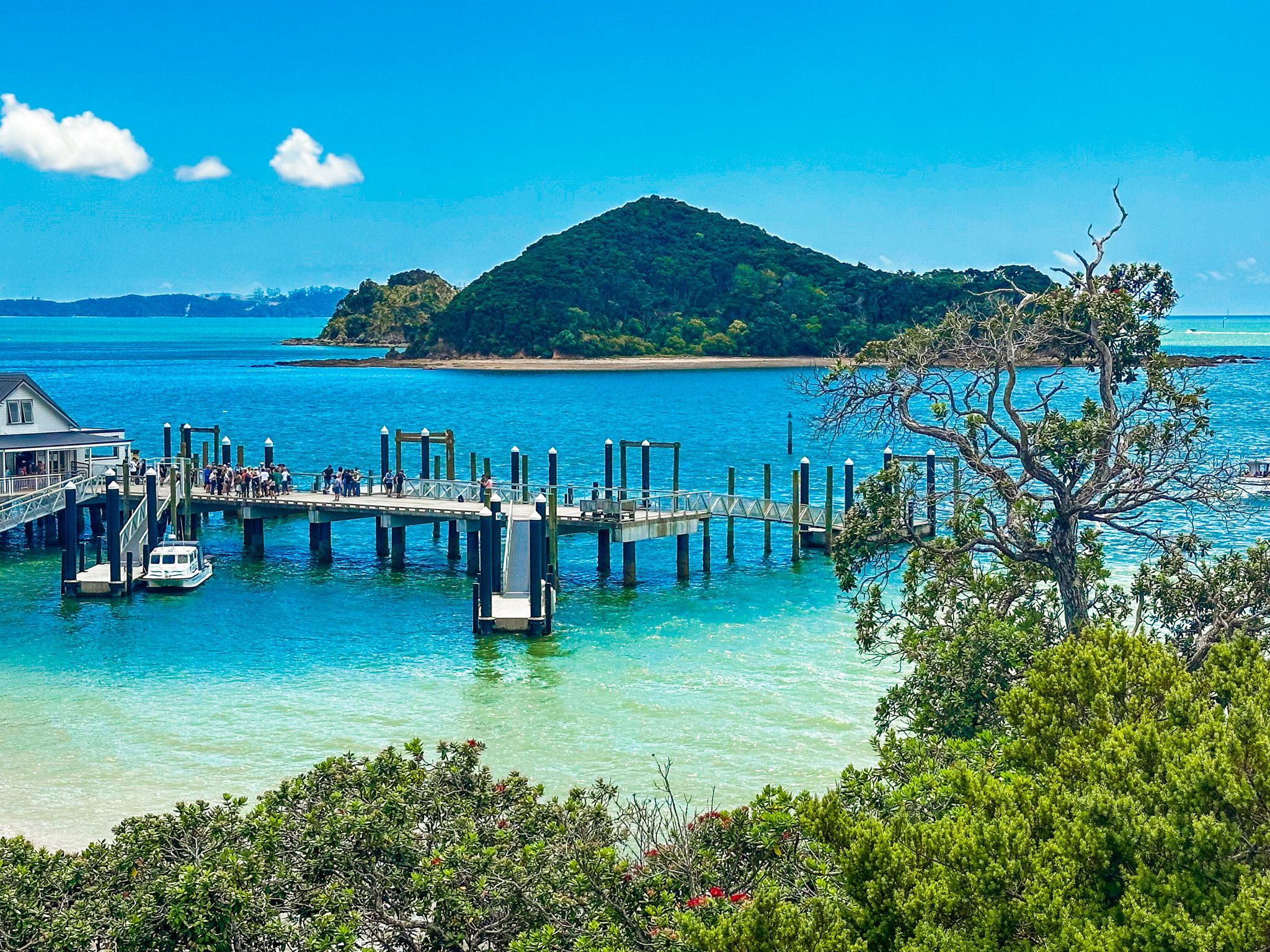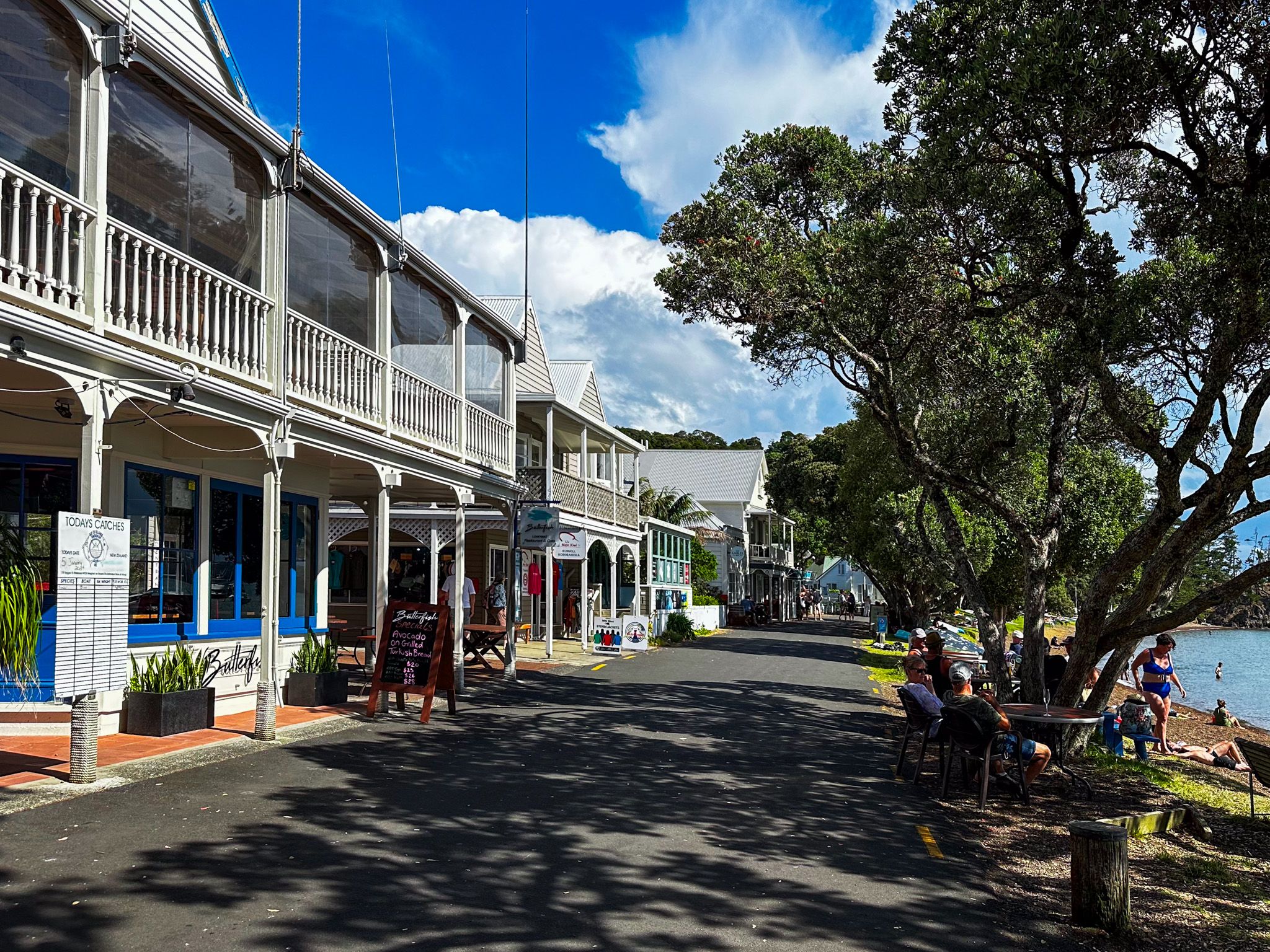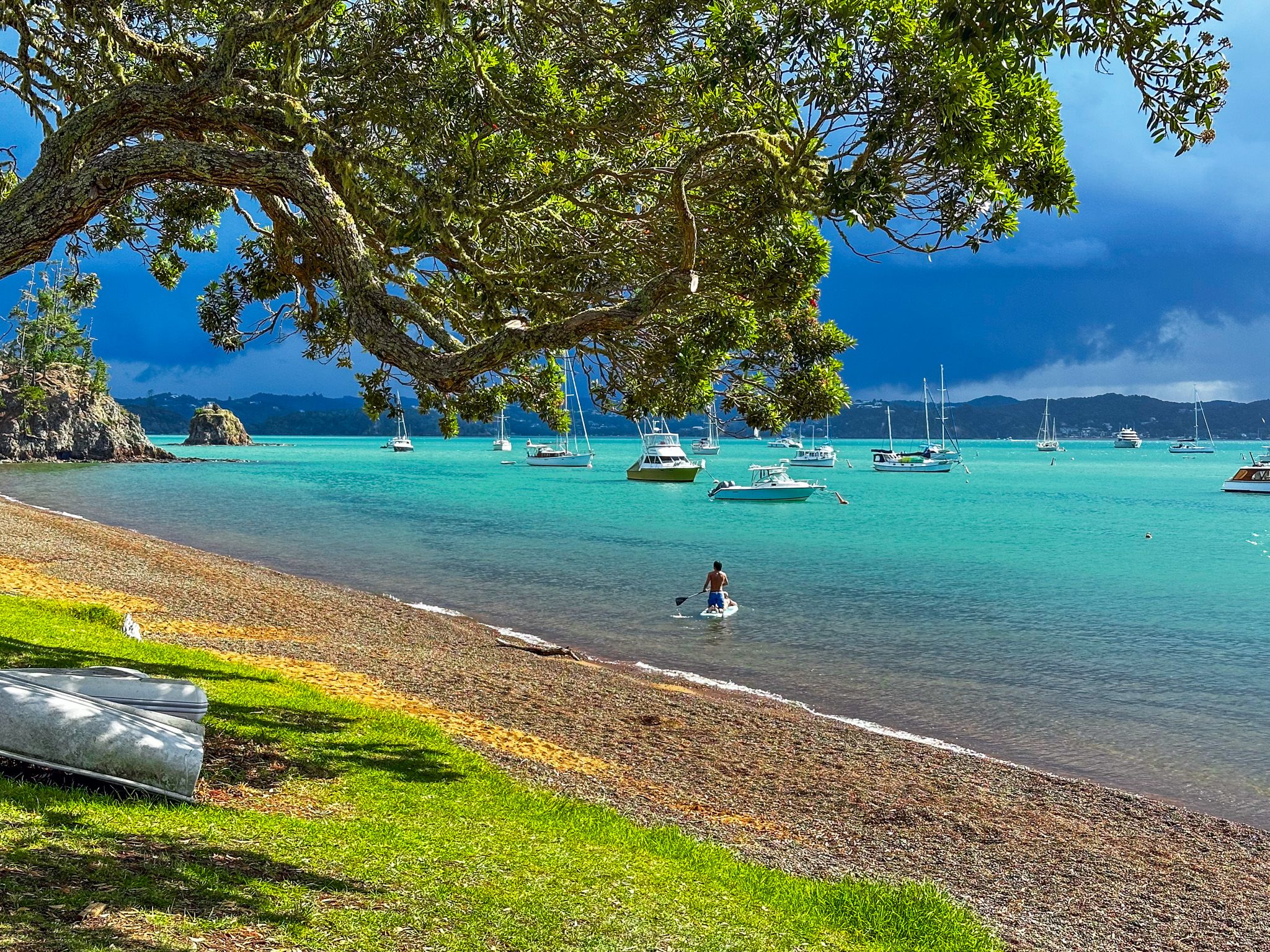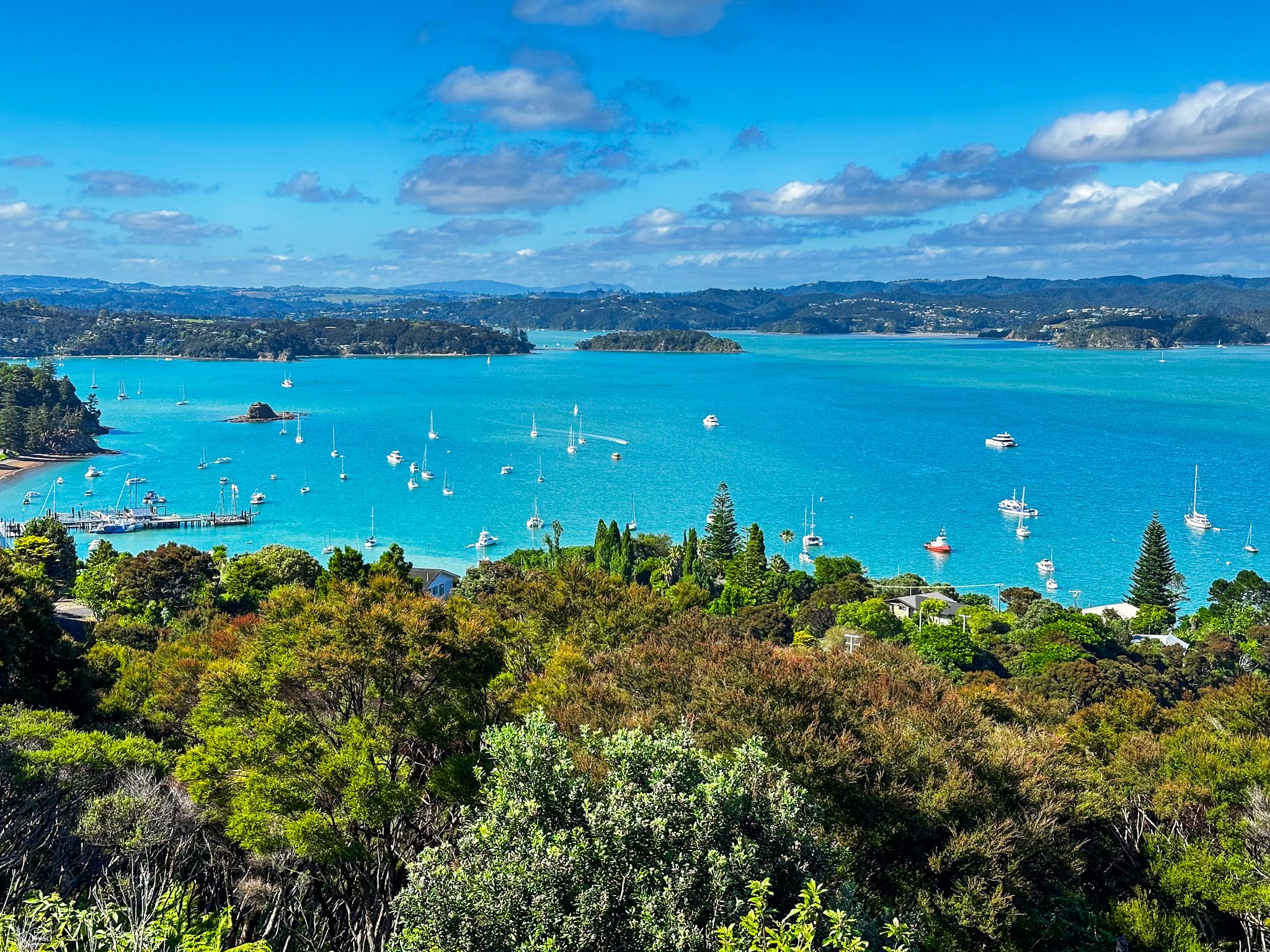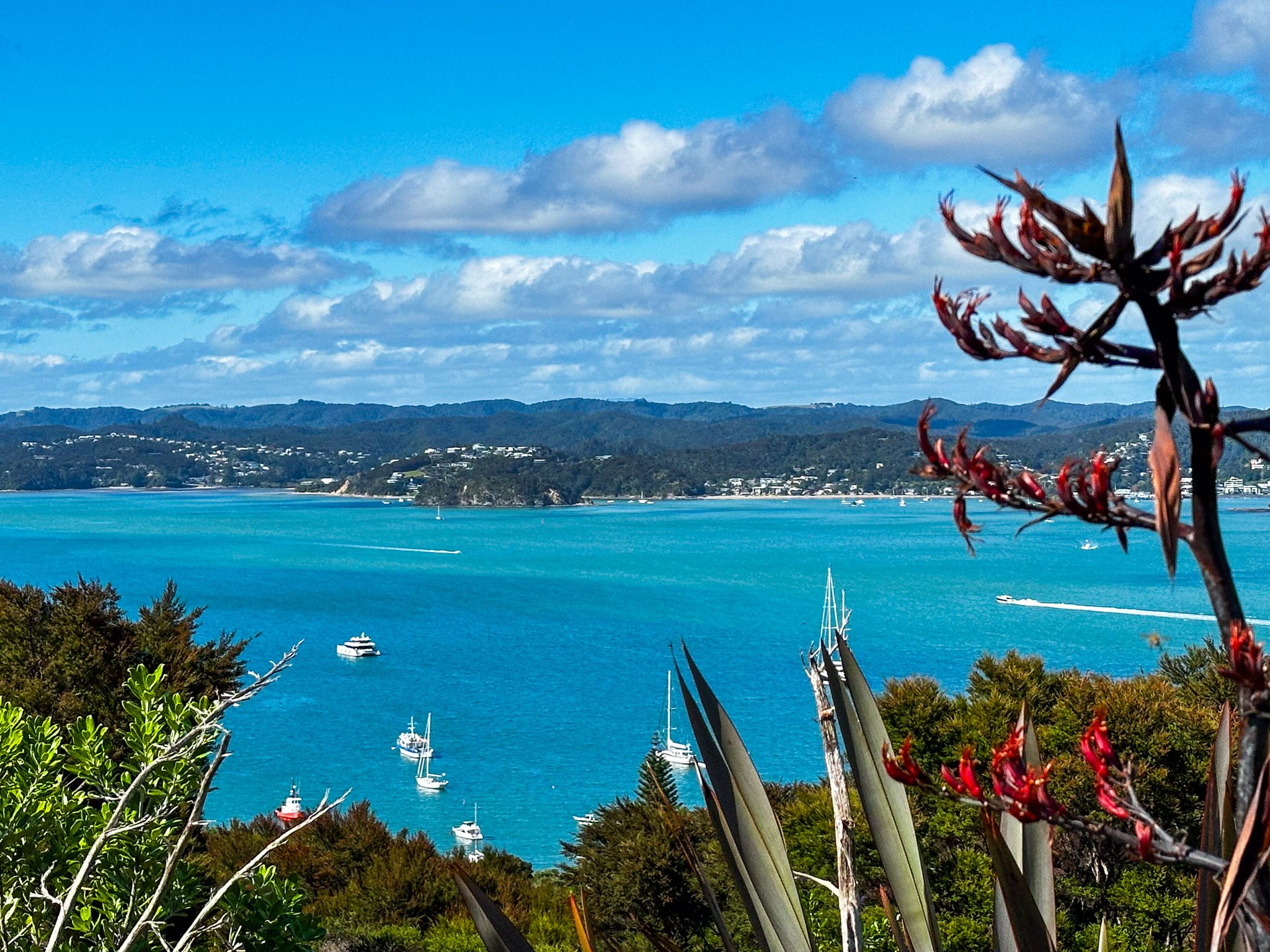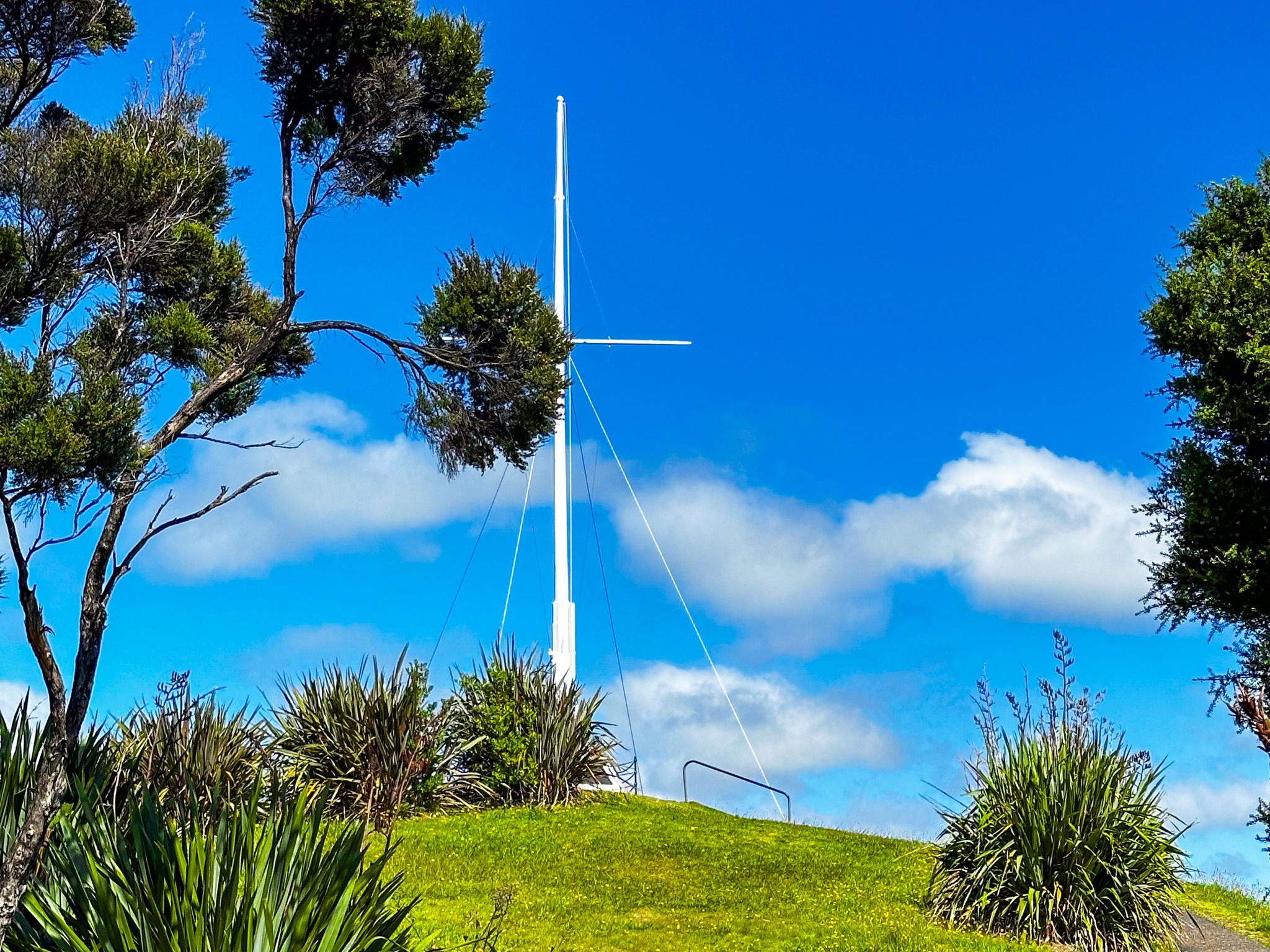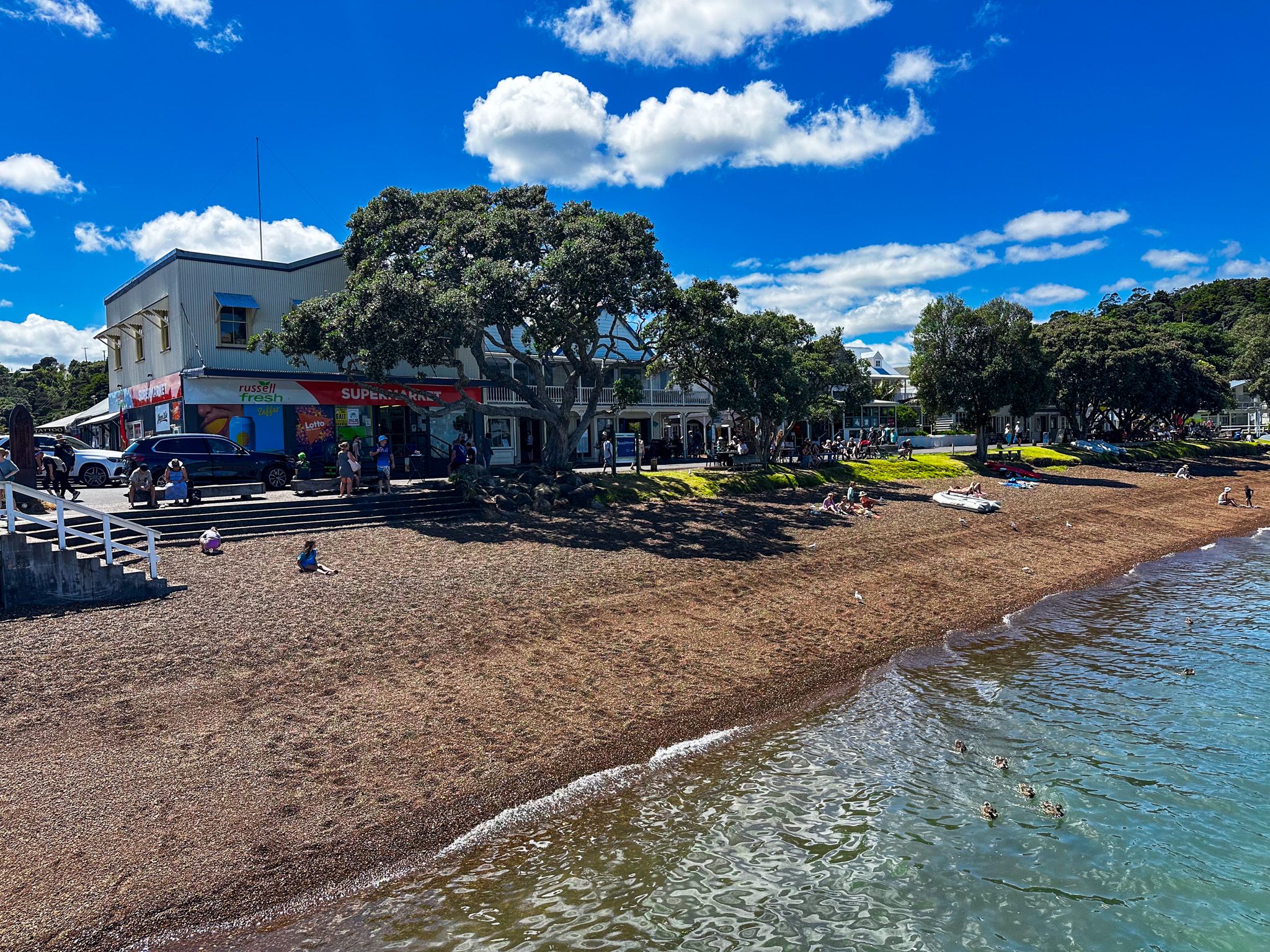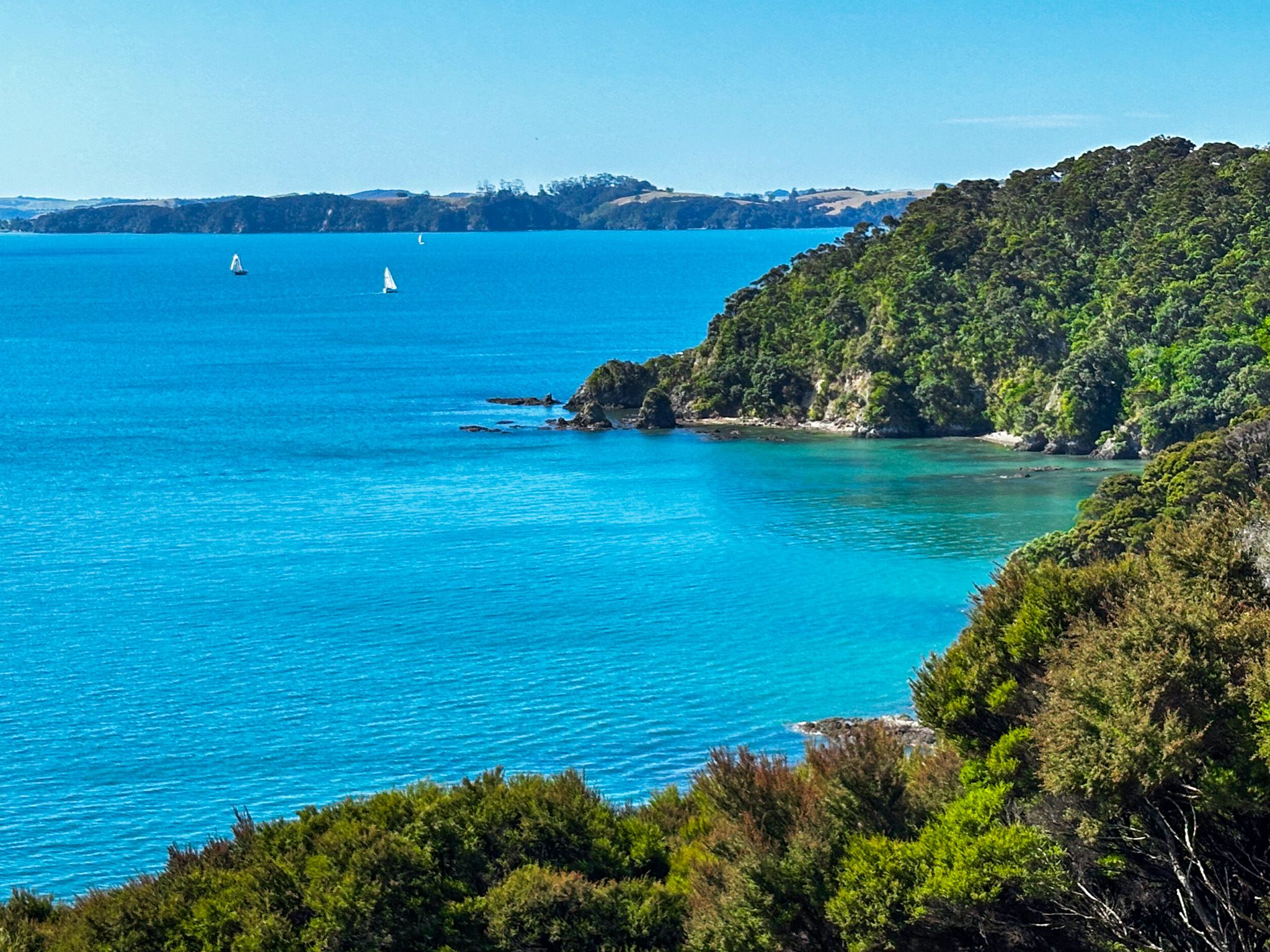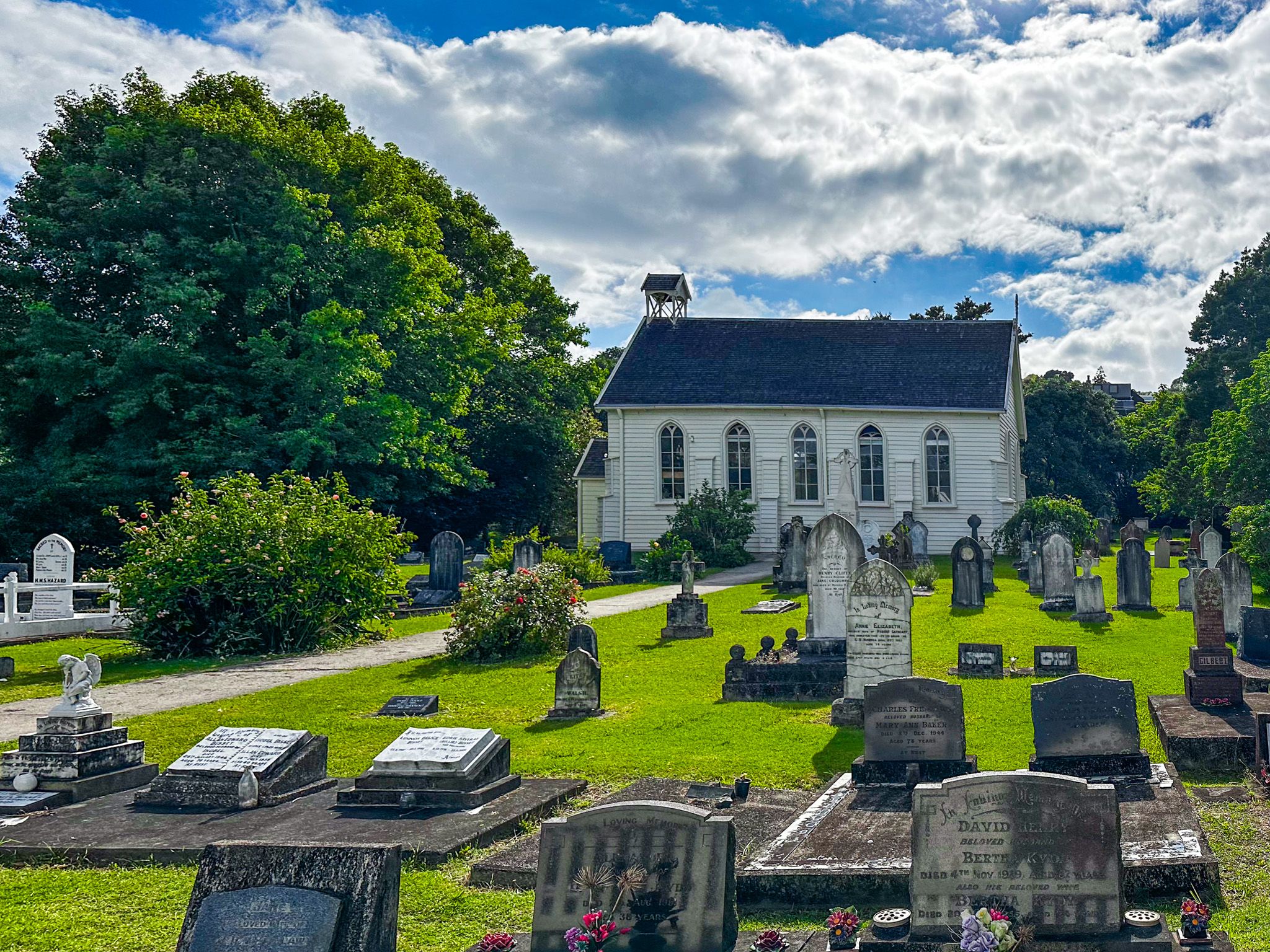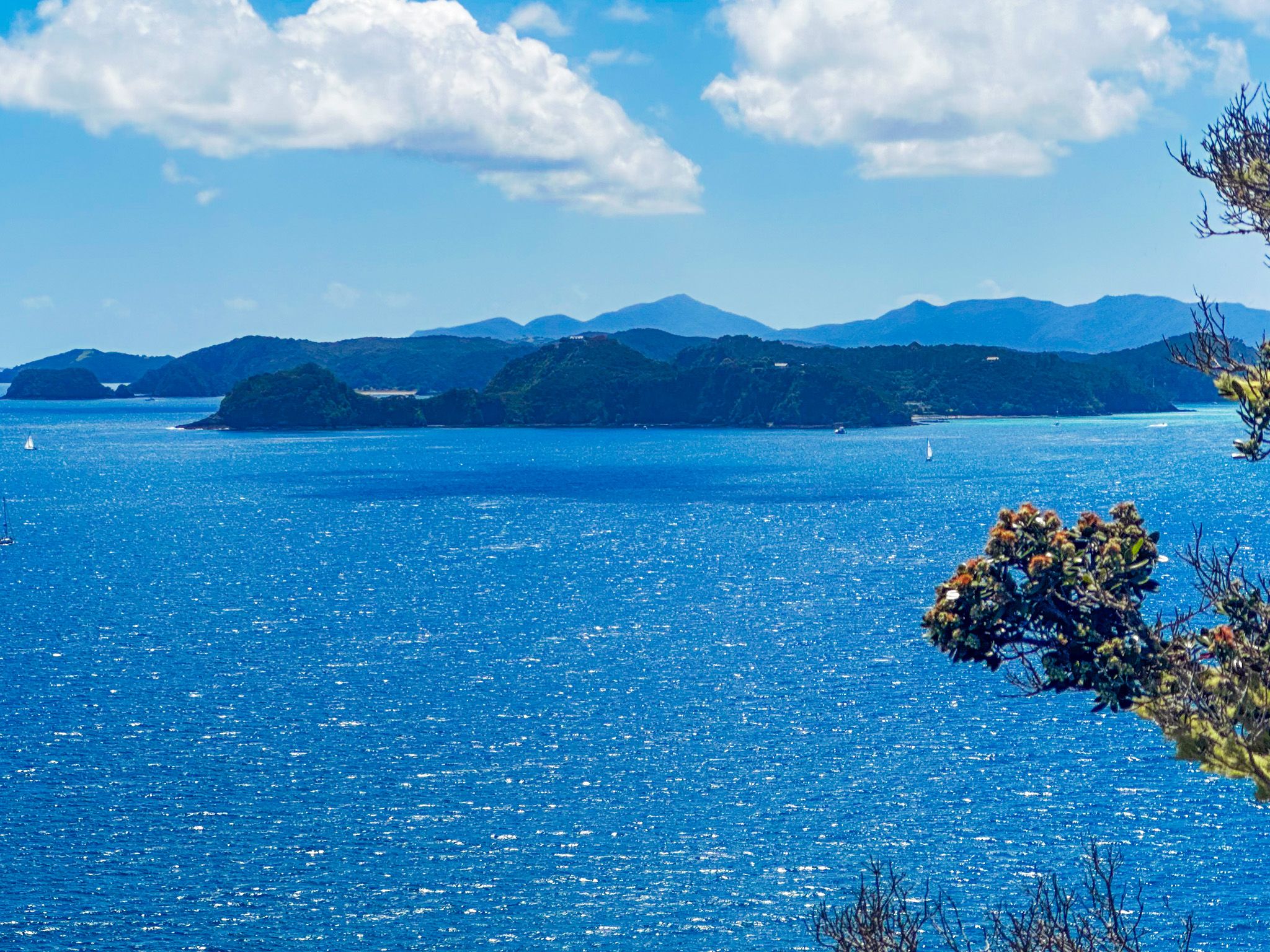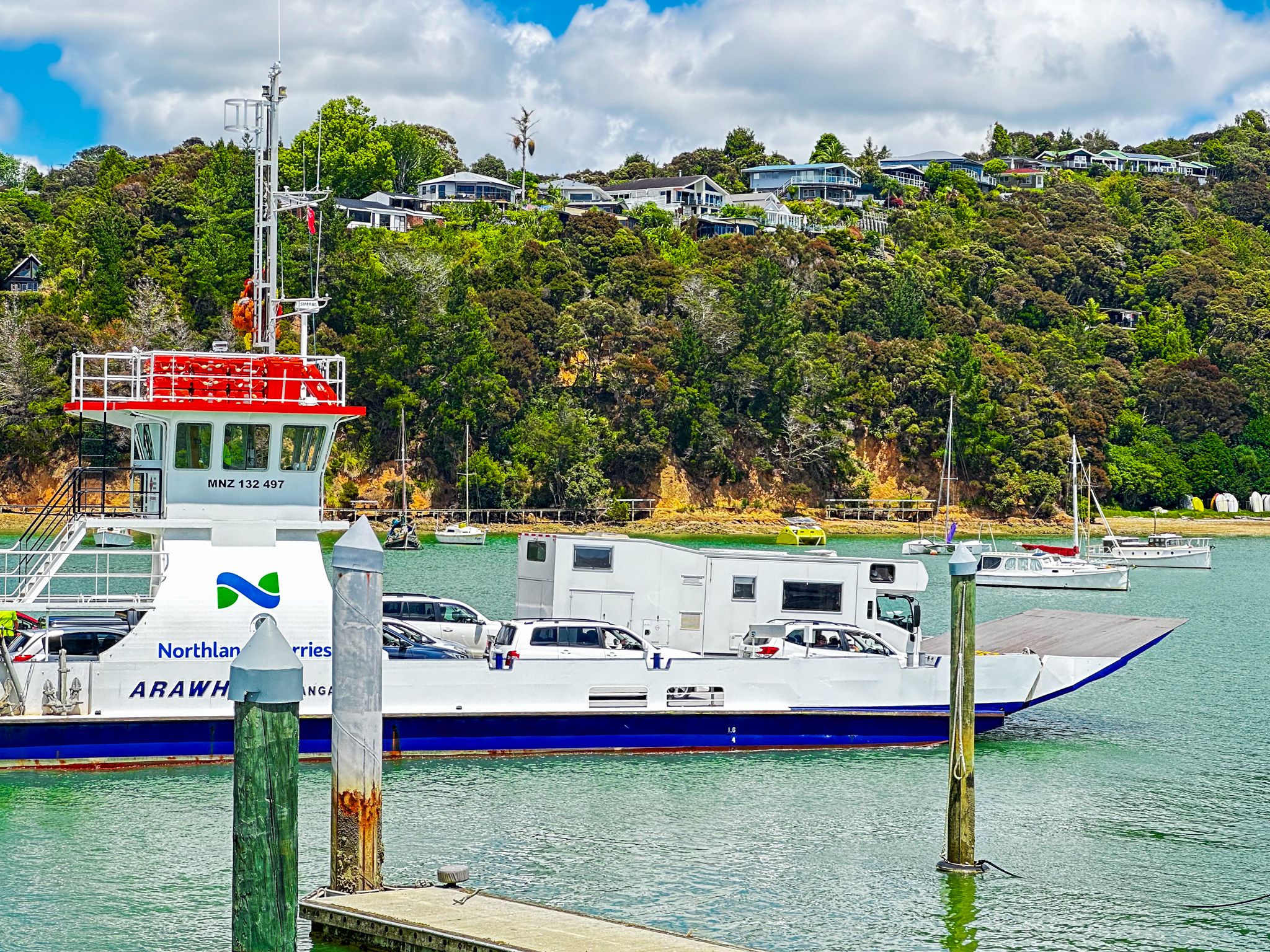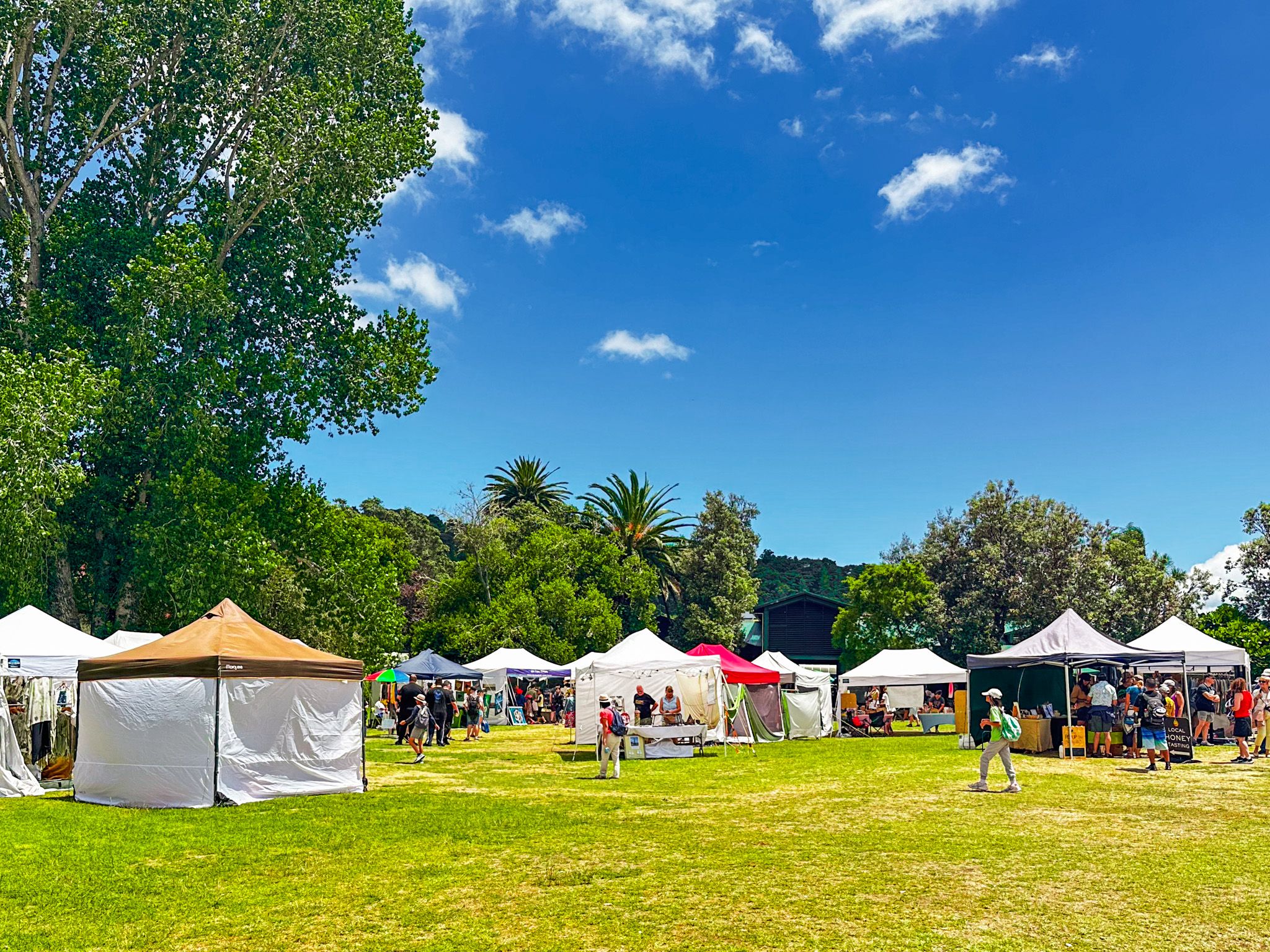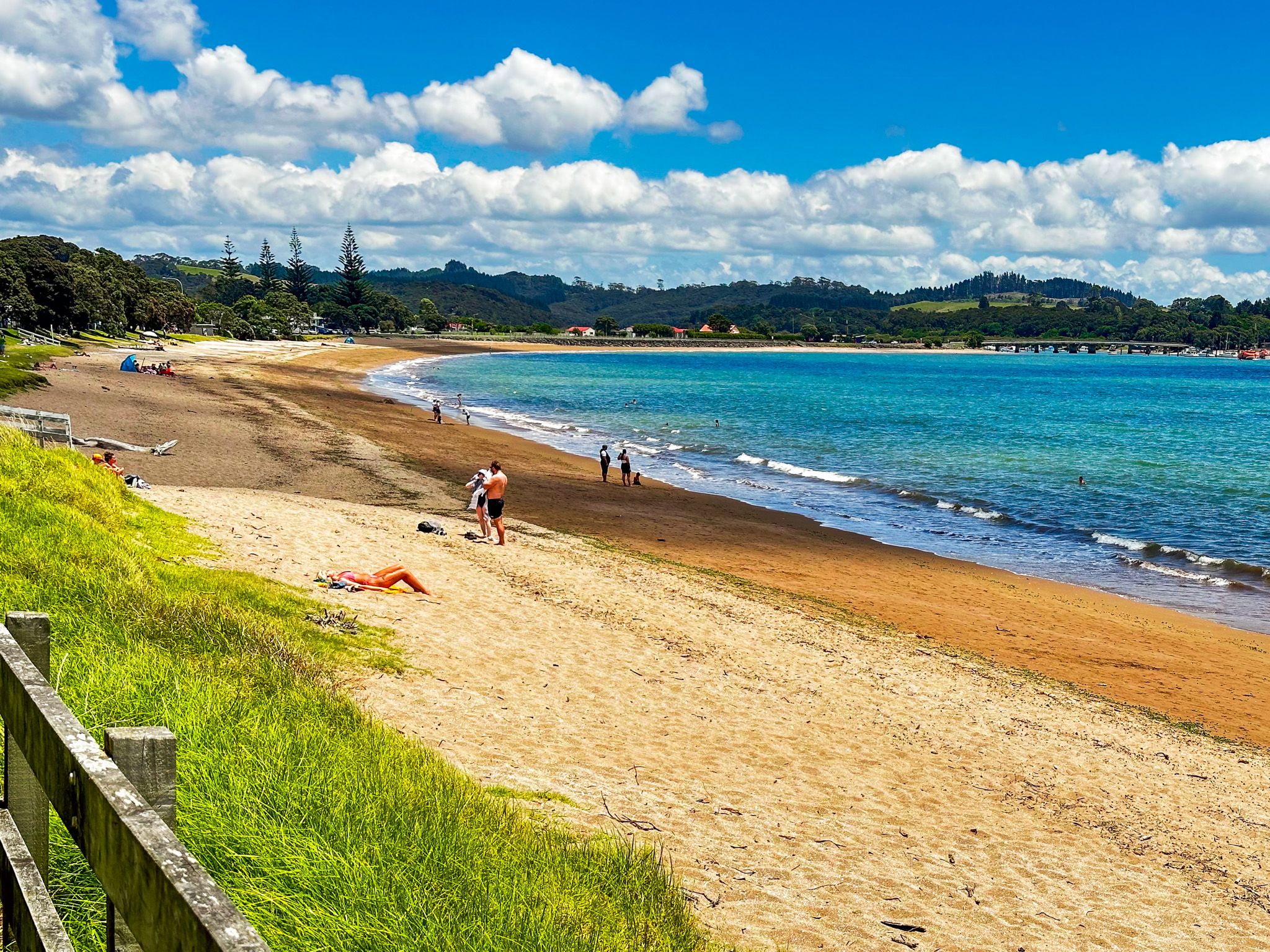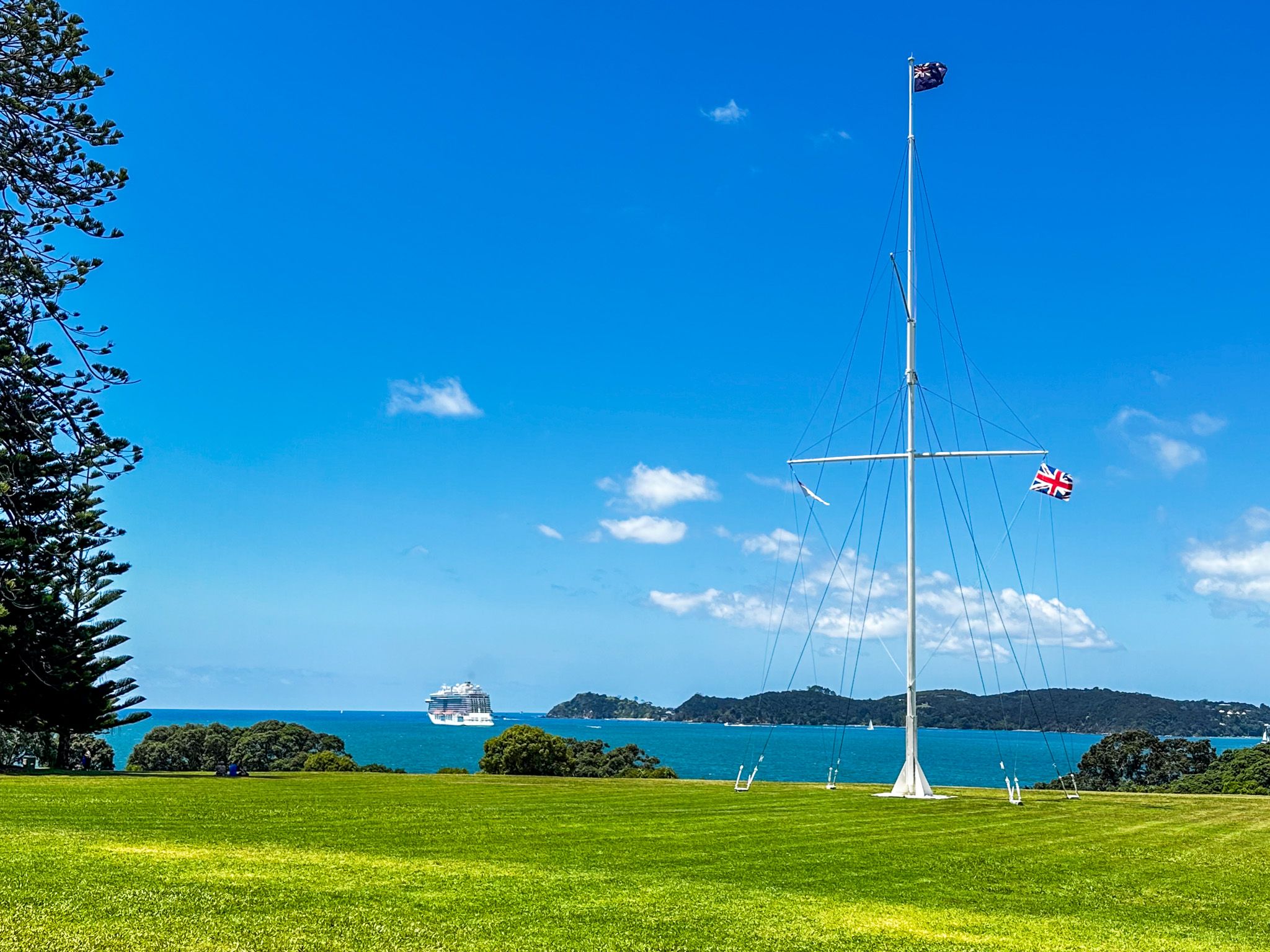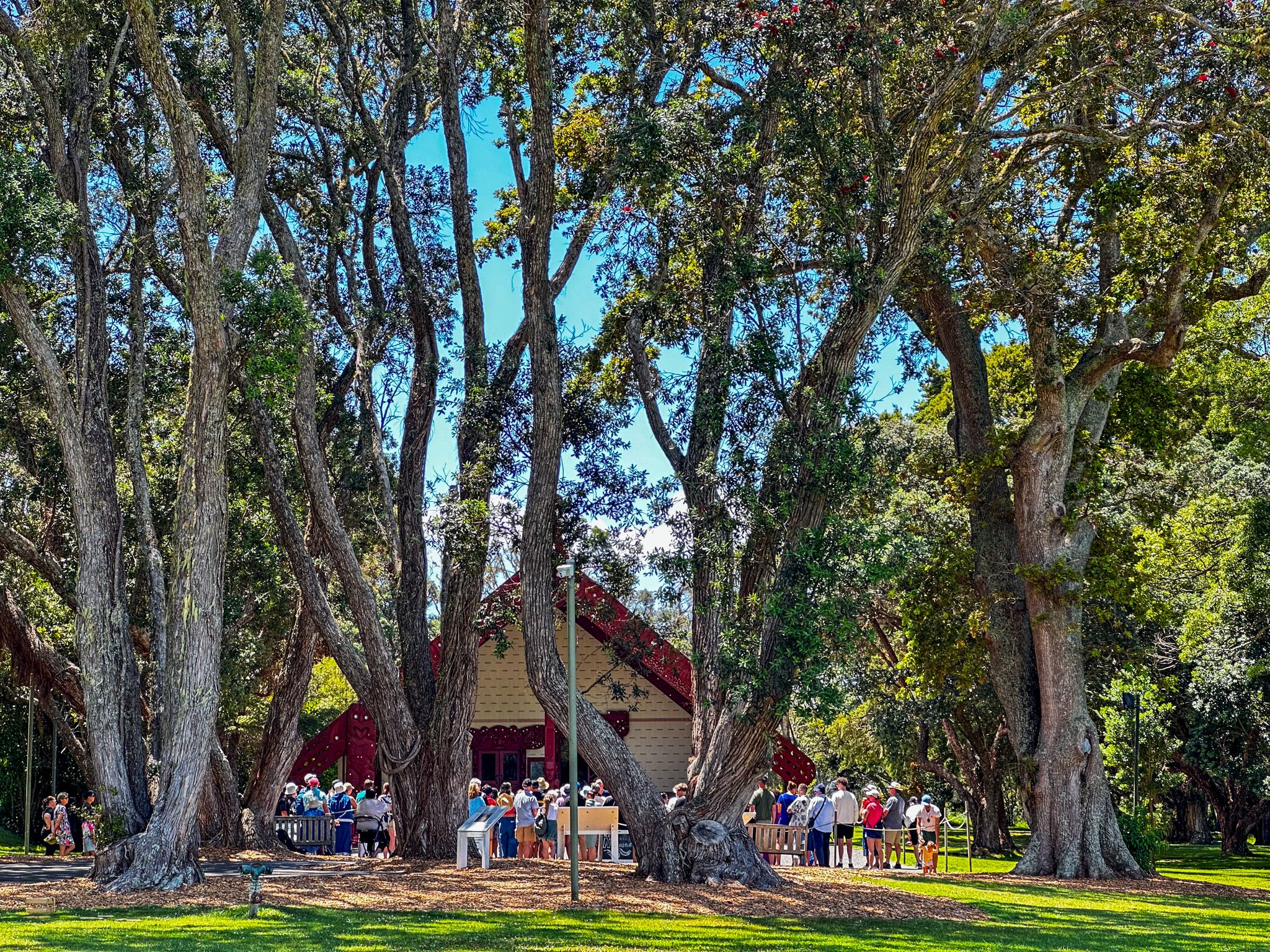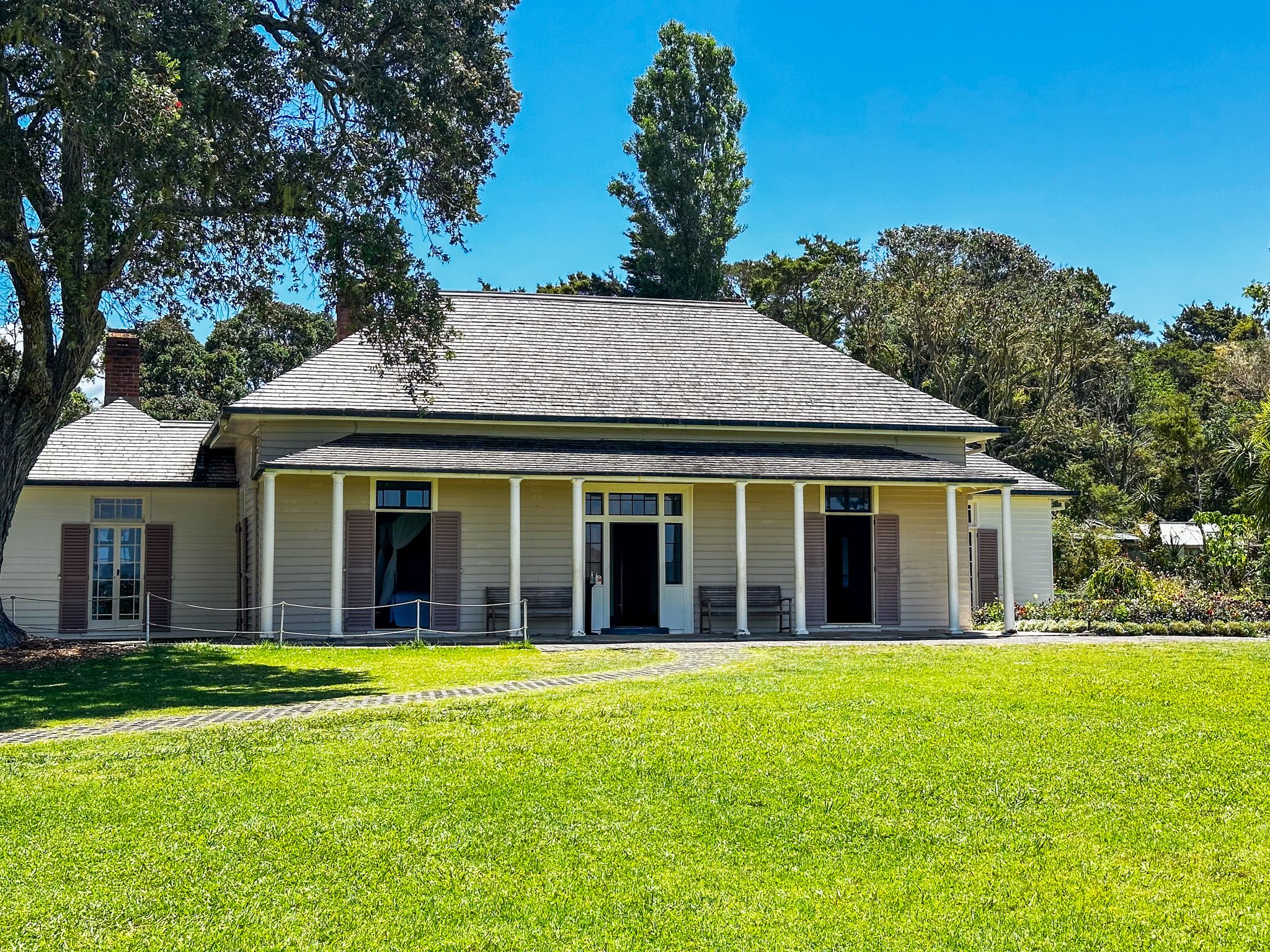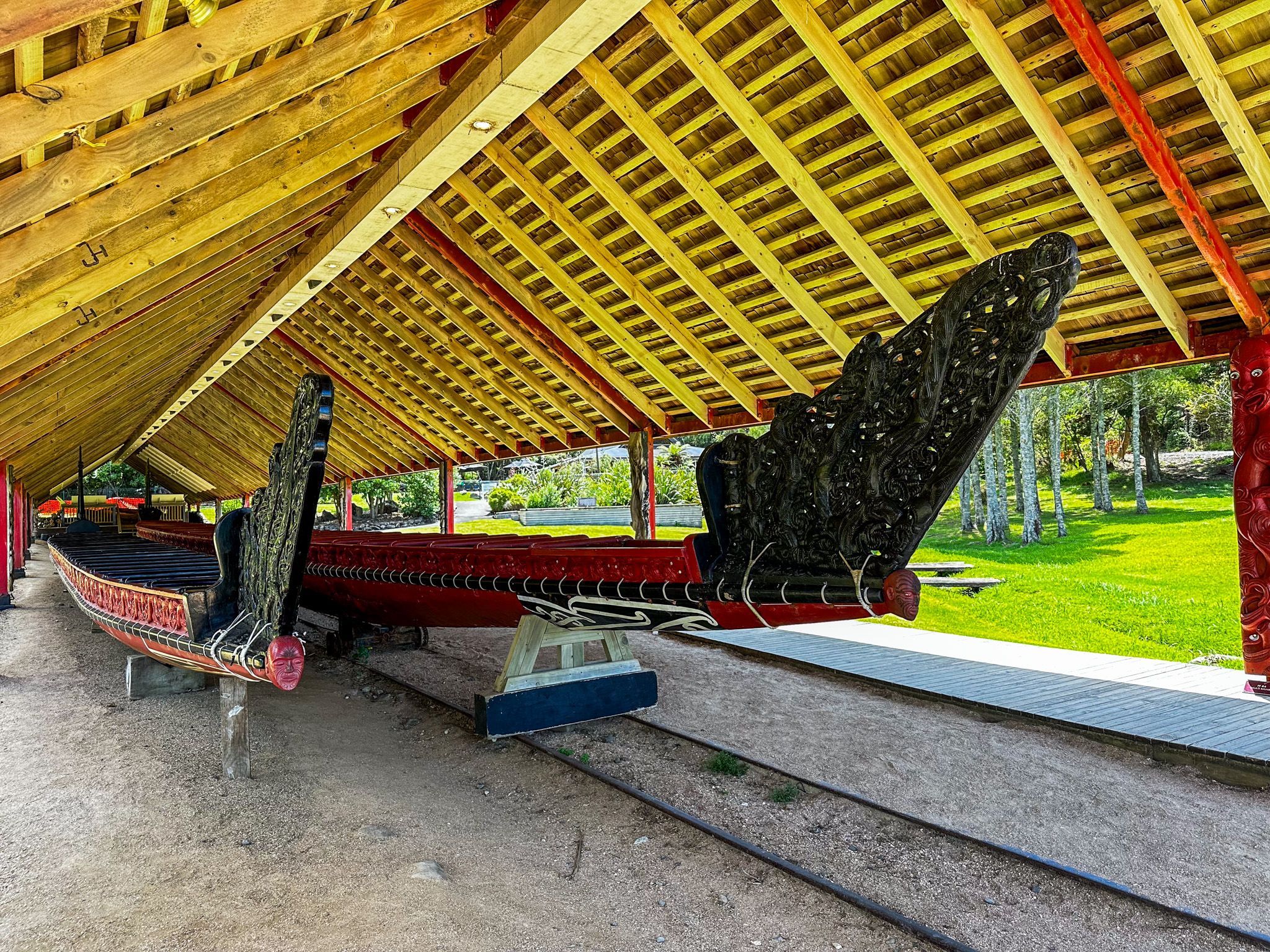The Bay of Islands, Pōhaturoa (“the footprint of the gods” in Māori) stretches from Purerua Peninsula to Cape Brett in Northland. It encompasses around 150 islands, hence the prosaic name chosen by Captain James Cook. The bay has several inlets, including Kerikeri Inlet, Te Puna and Waikare. There are also numerous sub-bays and coves. Overall, it has a coastline of around 800 km despite being only 18 km across.
A 100-metre rise in sea levels created the bay about 18.000 years ago at the end of the last ice age. Before that, the terrain around the bay reflected extensive ancient volcanic activity in the extensive Kaikohe-Bay of Islands volcanic field, followed by millions of years of erosion.
The easy connection with the water made it important to Māori and early Europeans. The Polynesian explorers Kupe and Ngahue visited the Bay in the tenth century. Settlement began at scale 700 years ago when Mātaatua, a Māori migration canoe, was sailed to the Bay of Islands from the Bay of Plenty, leading to the formation of Ngāpuhi iwi. Today, this iwi is the largest in the country. By the time Cook visited in 1769, Māori had widely settled the region. Despite an initial skirmish with people on Motuarohia Island, Cook established positive contact with help from Tupaia, a Tahitian translator travelling with the crew.
Marc-Joseph Marion du Fresne, an early French explorer in 1871, was not so fortunate. Despite initially positive relations with local Māori, he and 26 of his crew were killed, possibly for violating tapu (local prohibitions). The French retaliated by bombarding several villages and killing about 250 Māori.
By the 1800s, whalers and traders dominated interaction, providing commercial opportunities to Māori, quickly followed by missionaries already established in Australia. In 1814, Samuel Marsden landed at Rangihoua Bay on the Puerua Peninsula, held the first Christian service and established the first mission. The first full-blooded European New Zealander was born there in early 1815. Rangipoua did not add up to much, and a more successful settlement was established at Kerikeri around a new mission station in 1820. But the most interesting development was the appearance of Kororāreka (“ sweet is the penguin”), subsequently renamed Russell. Some Europeans settled in a Māori community and started businesses, leading to the first real town by the 1830s. The initial focus was support for whaling, but then it moved to kauri log milling.
Famously, missionaries and visitors considered the town so rough they described it as the “Hellhole of the Pacific.” But it was here and in the wider Bay of Islands that many key events occurred in the creation of NZ. During the 1830s, various factors collided. Trade ties and the influence of Christian missionaries continued to grow while the lawlessness of the early Europeans in Kororāreka encouraged Māori leaders to seek support from the British government. In addition, the Musket Wars that had raged for 20 years petered out. In 1835, 34 Northern Māori rangatira signed the Declaration of Independence of the United Tribes of New Zealand (He Whakaputanga o te Rangatiratanga o Nu Tireni), supported by the British government. The Treaty of Waitangi was subsequently signed in 1840 at Waitangi on the southwest coast of the bay.
The British gained sovereignty after the signing of the Treaty, and the first governor, Hobson, selected Okiato to the south of Kororāreka. It was renamed Russell (after the then-head of the British Colonial Service). But Hobson subsequently moved the capital to the new town of Auckland in 1841. The move was one of several disagreements between the new government and Ngāpui, who had generally supported closer ties for several decades. In 1845, the Flagstaff War erupted, with Ngāpui, led by Hone Heke, seeking redress for breaches of the Treaty. Several battles resulted around the region, including the near destruction of Kororāreka. The war died quickly once the government realised Northern Māori could not be easily defeated. But a consequence was the extension of the name Russell to Kororāreka and a shift in economic power away from the bay and Ngāpui.
The bay’s reputation as a tourist destination received a boost in the 1920s when prolific American author, explorer and deep sea game fishing enthusiast Zane Grey visited the area and subsequently set up the Zane Grey Sporting Club. The bay became internationally famous as one of the best places in the world for deep-sea game fishing. Today, this is one of many options, and the Bay of Islands is a premier destination with a blend of history, culture, and outdoor activities. The natural attractions include accessible islands, the Hole in the Rock, coastal hikes, and Paihia's golden beach. Water-based activities include dolphin watching and boating. The bay's marine reserves provide opportunities for snorkelling and scuba diving.
